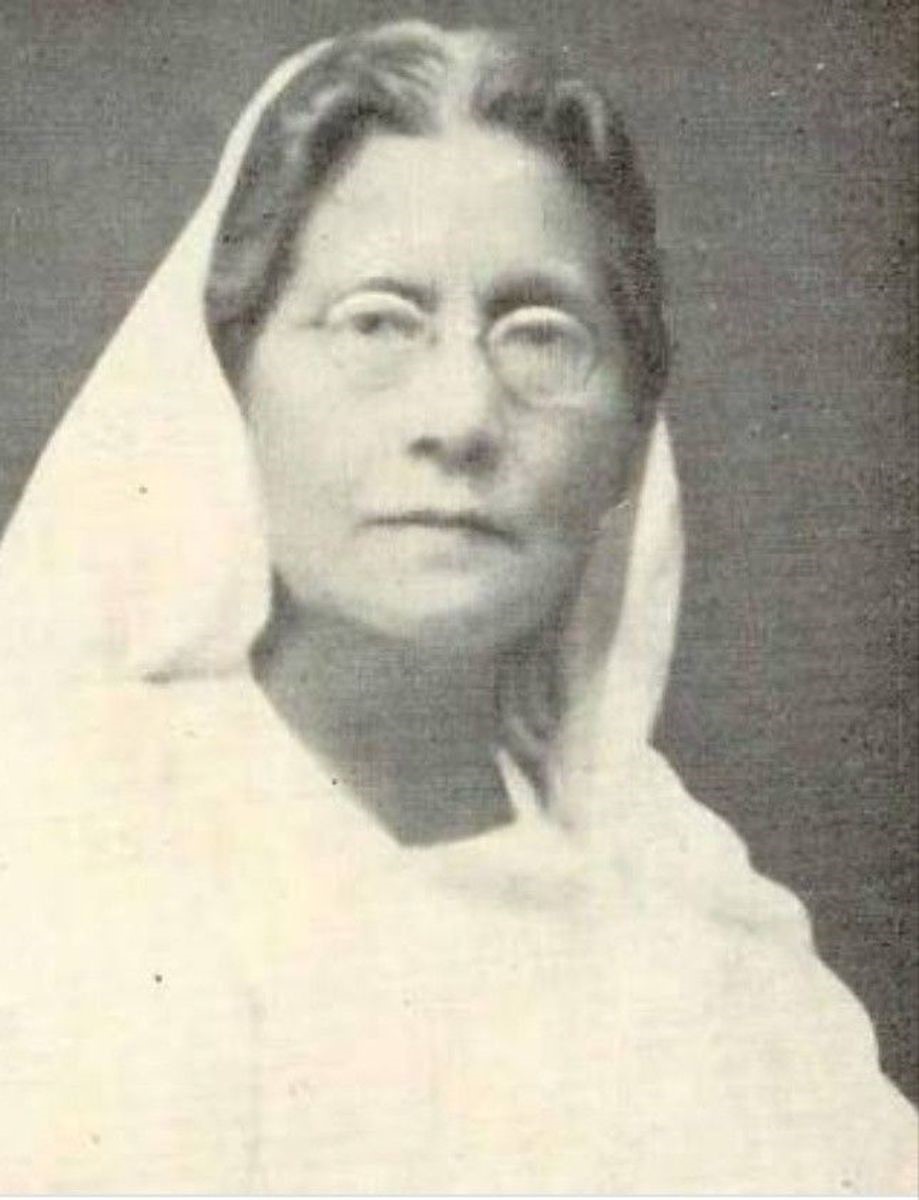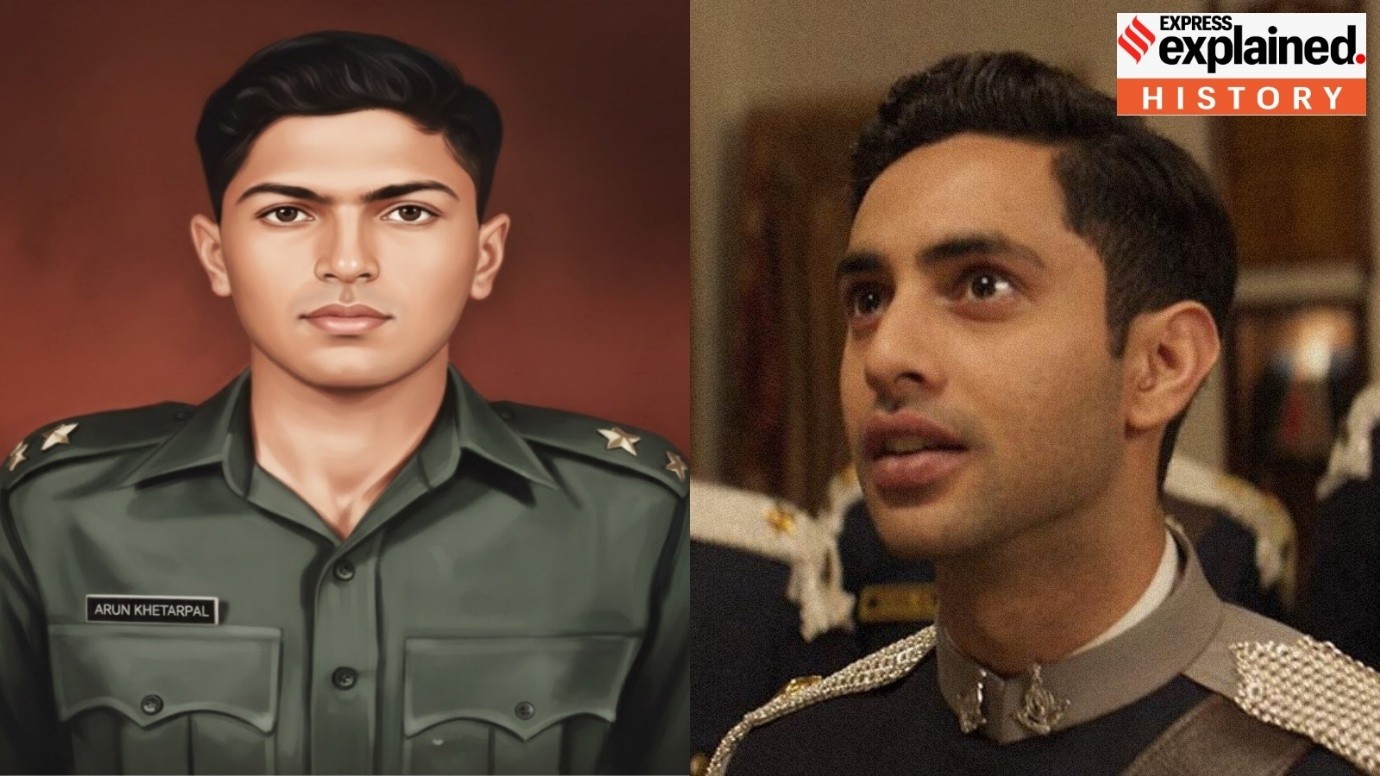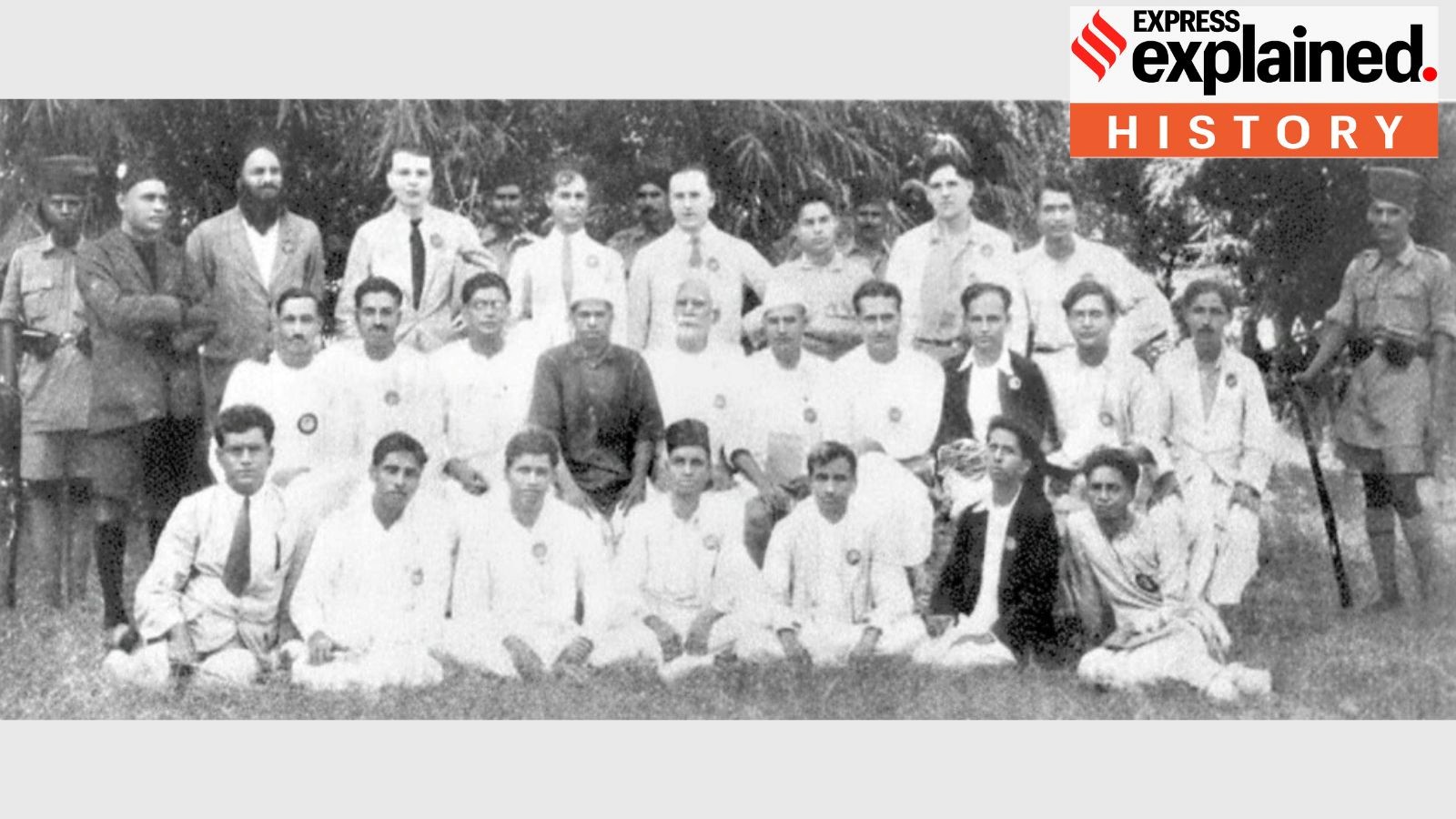Description

Disclaimer: Copyright infringement not intended.
Context
- Matangini Hazra fell to British bullets on September 29, 1942, while leading a Quit India Movement march.
Details
- Matangini Hazra, also known as "Gandhi buri" (old lady Gandhi), was a remarkable Indian freedom fighter who fearlessly and tirelessly contributed to the struggle for India's independence from British colonial rule.
- Her unwavering determination, resilience, and commitment to the cause of freedom have left an indelible mark on the history of India's struggle for independence.
Early Life and Background
- Matangini Hazra was born on October 19, 1869, in the small village of Hogla, located in the Tamluk subdivision of present-day West Bengal, India. She came from a humble background and had limited formal education.
Entry into the Freedom Movement
- Matangini Hazra was deeply influenced by the ideals of Mahatma Gandhi and the Indian National Congress.
- She actively joined the freedom movement in the early 1900s, inspired by the call for non-violent civil disobedience against British colonial rule.
Role in the Salt March (Dandi March)
- Matangini Hazra played an instrumental role in the Salt Satyagraha, famously known as the Dandi March, led by Mahatma Gandhi in 1930.
- She actively participated in the protest against the British salt monopoly, marching alongside other freedom fighters.
.jpg)
Fearless Protester
- Matangini Hazra was known for her courage and fearlessness during protests.
- She often led processions and participated in demonstrations against the British authorities. Despite her advancing age, she was a symbol of unwavering resolve.
The Iconic Flag March
- One of the most iconic moments in Matangini Hazra's life was her participation in the flag march on September 19, 1942.
- During this protest in Tamluk, she proudly carried the Indian national flag and led a procession, defying the ban on the flag's display by the British authorities.
Sacrifice for the Cause
- Tragically, on September 29, 1942, during a peaceful protest march in Tamluk, Matangini Hazra was shot by British police forces.
- Despite being mortally wounded, she continued to hold the flag and chanted patriotic slogans until her last breath.
Legacy and Honors
- Matangini Hazra's sacrifice and dedication to the freedom struggle left an enduring legacy. She is remembered as a symbol of women's participation in the independence movement.
- Several schools, streets, and institutions in India have been named after her to honor her contributions.

Conclusion
Matangini Hazra's life and sacrifice exemplify the indomitable spirit of India's struggle for independence. Her unwavering commitment to the cause of freedom, despite her age and the physical risks she faced, continues to inspire generations of Indians. She remains an enduring symbol of courage and determination in the fight against oppression and injustice, and her legacy lives on in the hearts of all those who cherish India's hard-won independence.
|
PRACTICE QUESTION
Q. Matangini Hazra is often hailed as a symbol of unwavering commitment and courage in India's struggle for independence. Discuss her life, contributions, and the impact of her sacrifice on the freedom movement. How did her actions exemplify the spirit of non-violent civil disobedience during the colonial era? (250 Words)
|









